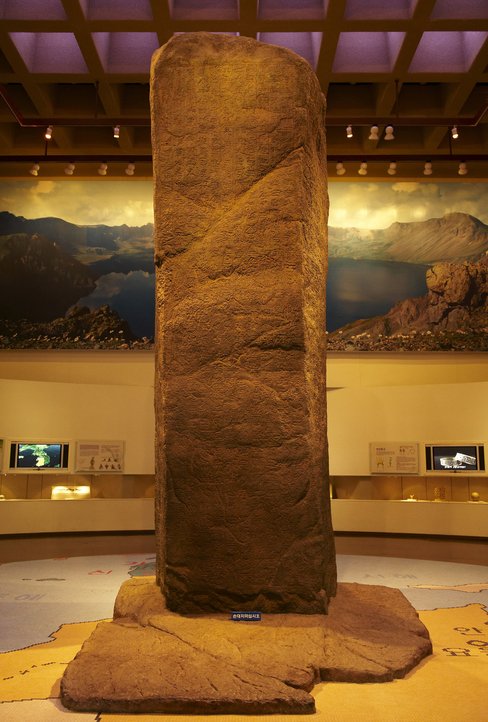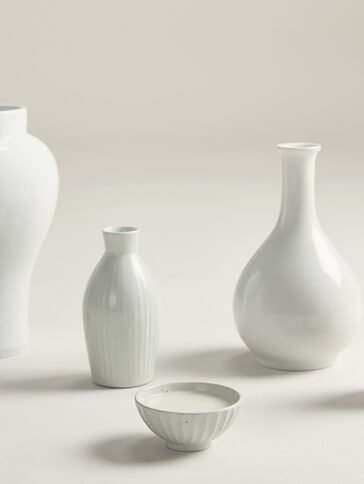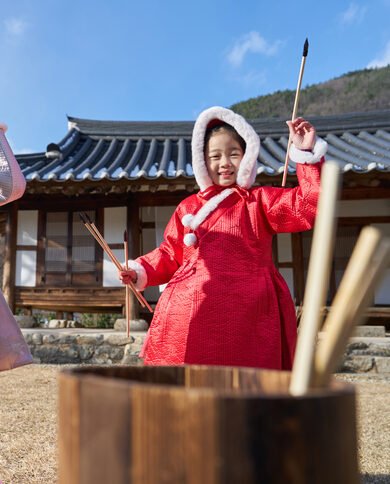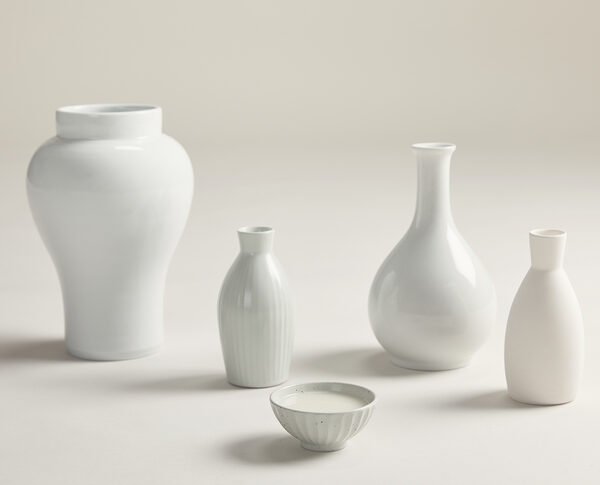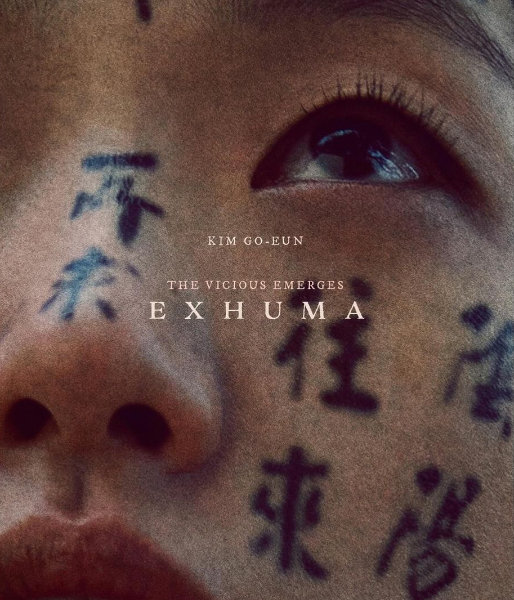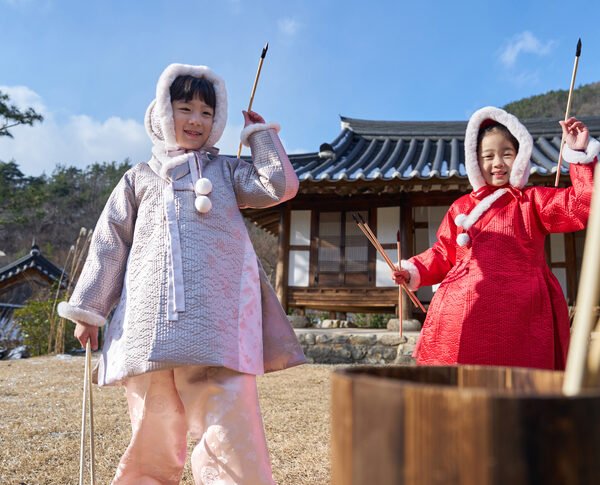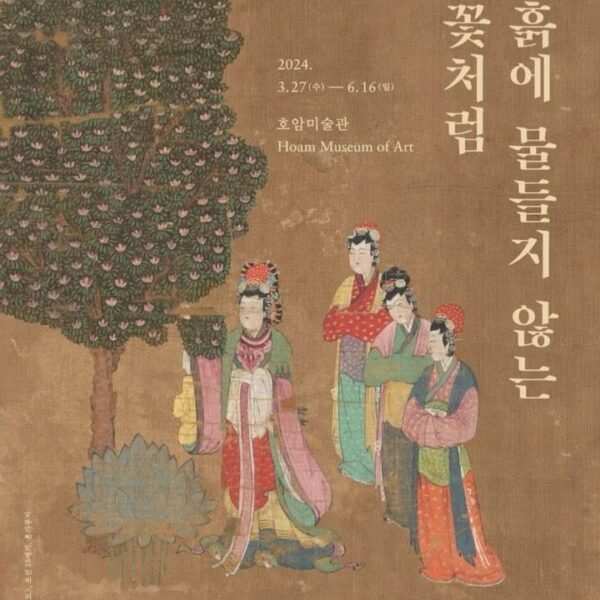The National Museum of Korea in Seoul has digitally resurrected a mammoth 5th-century gravestone, bringing to life the imposing monument of King Gwanggaeto the Great. The stela, standing at an impressive 6.4 meters, was originally erected in Ji’an, present-day northeastern China, and played a significant role in the history of the Goguryeo Kingdom. The digital reproduction, accompanied by original stone rubbings of its inscriptions, provides a glimpse into the political achievements and founding myth of Goguryeo. The museum also plans to revamp its permanent hall dedicated to Goguryeo-era artifacts and introduce mini-exhibitions in remote regions to address the cultural disparity between Seoul and other parts of Korea. Furthermore, international partnerships and touring exhibitions are on the horizon, showcasing the rich heritage of diverse cultures.
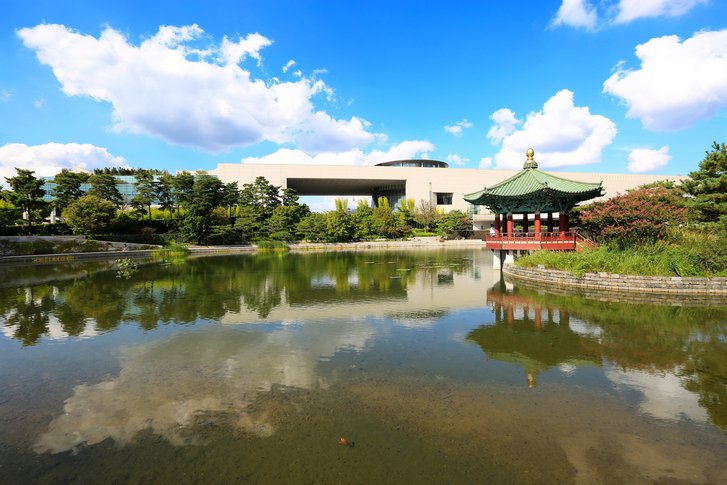
Background
The National Museum of Korea has recently unveiled a digital reproduction of the gravestone of King Gwanggaeto the Great, one of the most famous monarchs of the ancient Goguryeo Kingdom. This 6.4-meter-tall stela is accompanied by original stone rubbings and has been recreated digitally over 1,600 years after its initial erection in Ji’an, northeastern China. The Goguryeo Kingdom once ruled over the northern half of the Korean Peninsula and parts of northeastern China before its decline in the late seventh century. The gravestone of King Gwanggaeto the Great, established in 414 by his son King Jangsu, showcases 1,775 characters recounting the founding myth of Goguryeo and the king’s political achievements.
Digital Resurrection
During a press conference announcing the museum’s agenda for 2024, Yoon Sung-yong, director-general of the National Museum of Korea, highlighted the importance of the digital reproduction of the gravestone. He emphasized that the stela is an imposing monument and an essential part of the ancient history of the Three Kingdoms of Korea. The digital reproduction was created based on the rare 1889 edition of the stone rubbings that the museum acquired last year. This digital replica, along with the original rubbings, was unveiled to the public, bringing to life a significant piece of history that had been inaccessible for centuries.
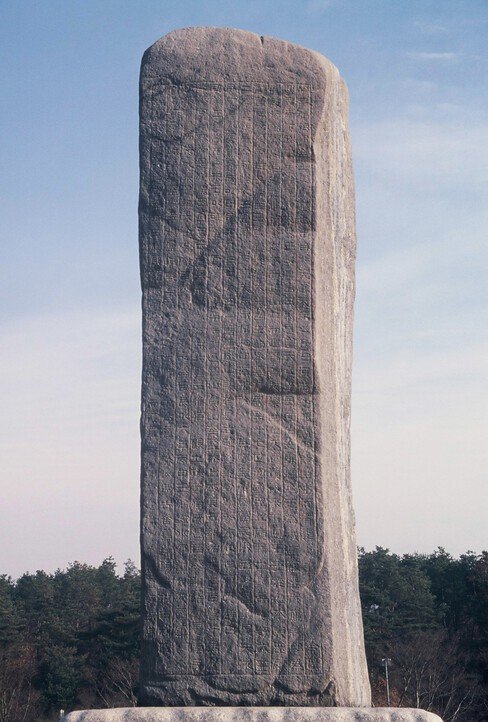
Renovation of Goguryeo-era Hall
As part of its agenda for 2024, the National Museum of Korea plans to renovate its permanent hall dedicated to Goguryeo-era artifacts. The renovation aims to enhance the accessibility of these historical relics and provide visitors with a more immersive and informative experience. In addition to displaying the digital reproduction of King Gwanggaeto the Great’s gravestone, the museum plans to include LED replicas and rubbings of other artifacts from the Goguryeo Kingdom. This renovation project will allow visitors to gain a deeper understanding of the cultural and historical significance of Goguryeo.
Mini-Exhibitions in Remote Regions
To address the regional disparity in terms of access to cultural heritage, the National Museum of Korea has organized a series of mini-exhibitions that will travel to small towns and regions outside of Seoul. Currently, a significant proportion of Korea’s national treasures and artifacts are concentrated in the capital city, leaving residents in other areas culturally marginalized. By bringing treasured relics, such as a fifth-century golden crown from a Silla-era tomb and a Joseon-era white-glazed moon jar, to these remote regions, the museum aims to provide locals, especially students, with the opportunity to see and appreciate Korea’s important cultural heritage in person. This initiative aims to bridge the gap and ensure that cultural treasures are accessible to all.

International Collaborations
The National Museum of Korea is actively engaged in partnerships with overseas institutions to bring diverse exhibitions to its audience. In June, the museum will host a show on the culture of Native tribes of North America, co-organized with the Denver Art Museum. This exhibition will showcase over 130 paintings, costumes, and pottery, offering a comprehensive survey of the rich heritage of the Indigenous population of North America. Another highly anticipated exhibition, co-curated with the Leopold Museum, will feature iconic Austrian masters such as Gustav Klimt and Egon Schiele. This exhibition will highlight the progressive late 19th-century Vienna Secession movement and its impact on the art world. These international collaborations further enrich the museum’s offerings and provide visitors with a global perspective on art and history.
Islamic Civilization Hall
In line with its commitment to showcasing diverse cultures and civilizations, the National Museum of Korea plans to establish a new hall dedicated to Islamic civilization. This cultural hall will focus on the achievements, contributions, and influences of Islamic civilization throughout history. By providing a platform to explore and understand Islamic culture, the museum aims to foster cultural exchange and promote intercultural understanding. The anticipated completion of this hall is set for early 2025, and it promises to be an exciting addition to the museum’s collection and exhibitions.
Overseas Exhibition on Korean History and Art
The National Museum of Korea has received a donation of a collection belonging to the late Samsung Group Chairman Lee Kun-hee. This collection, consisting of Korean historical artifacts and artworks, will be showcased in an overseas exhibition. Over the next two years, this valuable collection will tour three Euro-American institutions: the Smithsonian’s National Museum of Asian Art, the Art Institute of Chicago, and the British Museum. This exhibition will provide international audiences with the opportunity to explore and appreciate the rich history and art of Korea, contributing to cultural exchange and promoting Korean heritage on a global scale.
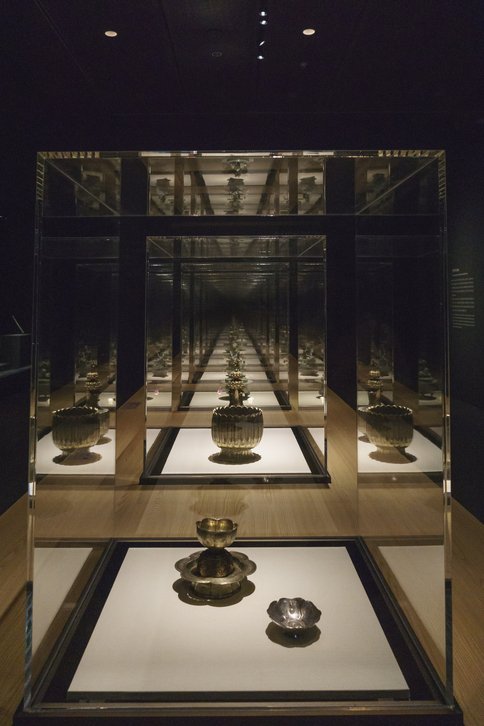
Conclusion
The National Museum of Korea’s agenda for 2024 is packed with exciting initiatives that aim to enhance accessibility, promote cultural exchange, and showcase diverse civilizations. From the digital resurrection of King Gwanggaeto the Great’s gravestone to the renovation of the Goguryeo-era hall, the museum is dedicated to preserving and sharing Korea’s cultural heritage. Through mini-exhibitions in remote regions, international collaborations, and the establishment of a new hall dedicated to Islamic civilization, the museum is actively engaging with audiences both locally and globally. With its commitment to excellence, the National Museum of Korea is an invaluable institution that plays a vital role in promoting cultural awareness and appreciation in the field of art and history.

